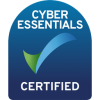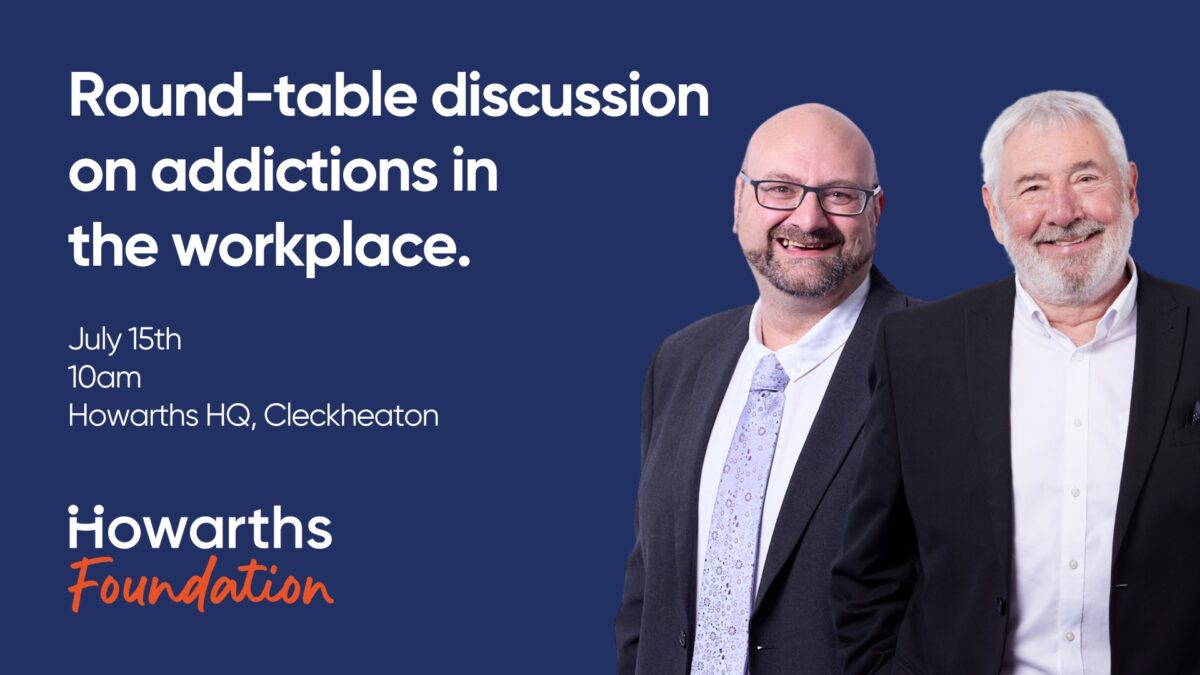[vc_row][vc_column][vc_single_image image=”43874″ img_size=”medium” alignment=”center”][vc_column_text]
Coronavirus, Shielding and SSP
Following the updated shielding guidance last week, sickness and payments seems to be a hot topic in the midst of COVID-19 so here is a recap on the current position:
When does an employee qualify for Statutory Sick Pay (“SSP”) for sickness relating to COVID-19?
In order to qualify for SSP an employee must be absent from work due to incapacity. Where an employee has not, at the point they cease to work, either been diagnosed with COVID-19 or exhibited symptoms, it is unlikely that their absence will meet the definition of a “day of incapacity” normally required for SSP.
In summary, the definition of deemed incapacity for SSP purposes has been extended to include employees who are:
- Shielding and therefore unable to work
- Self-isolating for one of the following reasons and therefore unable to work:
- Experiencing symptoms of COVID-19 and self-isolating for 10 days (or, if earlier, until the end of the isolation period)
-
- Living with someone (or in an extended or linked household with someone) who is isolating due to having symptoms of COVID-19, and self-isolating for a period of 14 days (or, if earlier, the end of the isolation period)
-
- Developed symptoms of COVID-19 while already self-isolating due to a member of the employee’s household having symptoms, and self-isolating for a period of 10 days (or, if earlier the end of the isolation period)
-
- Been advised through the contact tracing system that they have come into contact with someone who was, at the time, infected with COVID-19, and self-isolating for the duration specified in the notification
-
- Tested positive for COVID-19 and self-isolating until the later of (1) 10 days from the date the employee first had symptoms or (if earlier) they first tested positive, and (2) the date that they no longer have symptoms of COVID-19
-
- Living with someone (or in an extended or linked household with someone) who has tested positive for COVID-19, and self-isolating until the later of (1) 10 days from the date that the person who has tested positive first had symptoms or (if earlier) they first tested positive and (2) the date on which the person who tested positive no longer has symptoms of COVID-19
-
- They have been advised to self-isolate at home for a period of up to 14 days before their admission date to hospital for surgery or another hospital procedure.
If one of the above circumstances apply, the employee will be entitled to SSP from day one.
It is worth noting that SSP will only be payable in the above circumstances if the employee has self-isolated for at least 4 days. So if an employee self-isolated for only 3 days because they were able to get a COVID-19 test and receive a negative result within that time, then any days of absence within that 3 day period would not form part of a period of incapacity for work. As a result, the employee would not meet the test for eligibility and would not be entitled to any SSP in respect of those 3 days.
What is the latest position for employees who are shielding?
As of 5 November 2020, individuals with certain specific conditions have been identified as “clinically extremely vulnerable” to COVID-19 and have been advised to shield. The government confirmed that they will be eligible for SSP or can be placed on furlough. The guidance suggests that the formal shielding notification letters may act as evidence for employers.
Therefore, where an employee is advised to shield, an employer can choose to place the employee on furlough, or pay the employee SSP.
It is worth noting that employers can claim back from both the CJRS and the SSP rebate scheme for the same employee but not for the same period of time. When an employee is on furlough, an employer can only reclaim expenditure through the CJRS, and not the SSP rebate scheme. If a non-furloughed employee becomes ill due to CVOID-19, needs to self-isolate or shield, then the company might qualify for the SSP rebate scheme, where it can claim up to two weeks of SSP per employee.
On 10 November 2020, the government issued further guidance to confirm that employees “at the highest risk of severe illness from COVID-19” can also be placed on furlough. The government has not defined what individuals would be classed as “at highest risk of severe illness.” However, the World Health Organisation has identified that those aged over 60, or who suffer from cardiovascular disease, a respiratory condition, diabetes, an auto immune condition or who are pregnant, are at a higher risk of developing more severe symptoms.
As the latest position is advisory, employers should deal with employees’ concerns on a case by case basis and if they are genuine, come to some form of an agreement to protect the health and safety of their staff.[/vc_column_text][/vc_column][/vc_row][vc_row][vc_column][vc_column_text]
If you would like to discuss any aspect of this update, please do not hesitate to contact a member of the Employment Team on 01274 864999.
[/vc_column_text][/vc_column][/vc_row][vc_row][vc_column][/vc_column][/vc_row]

